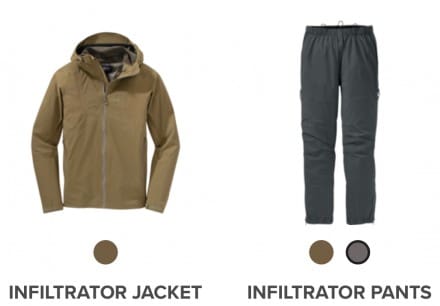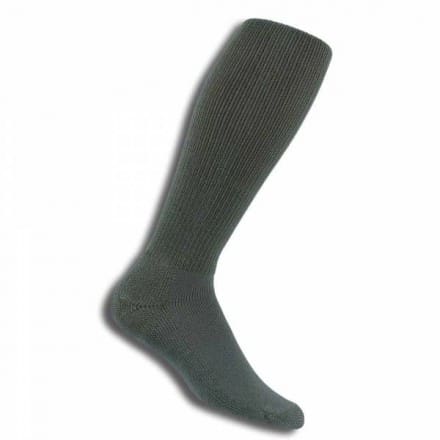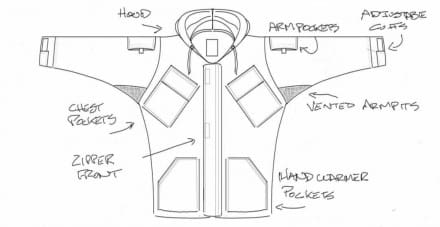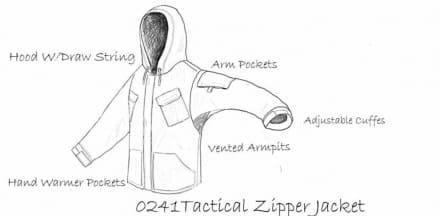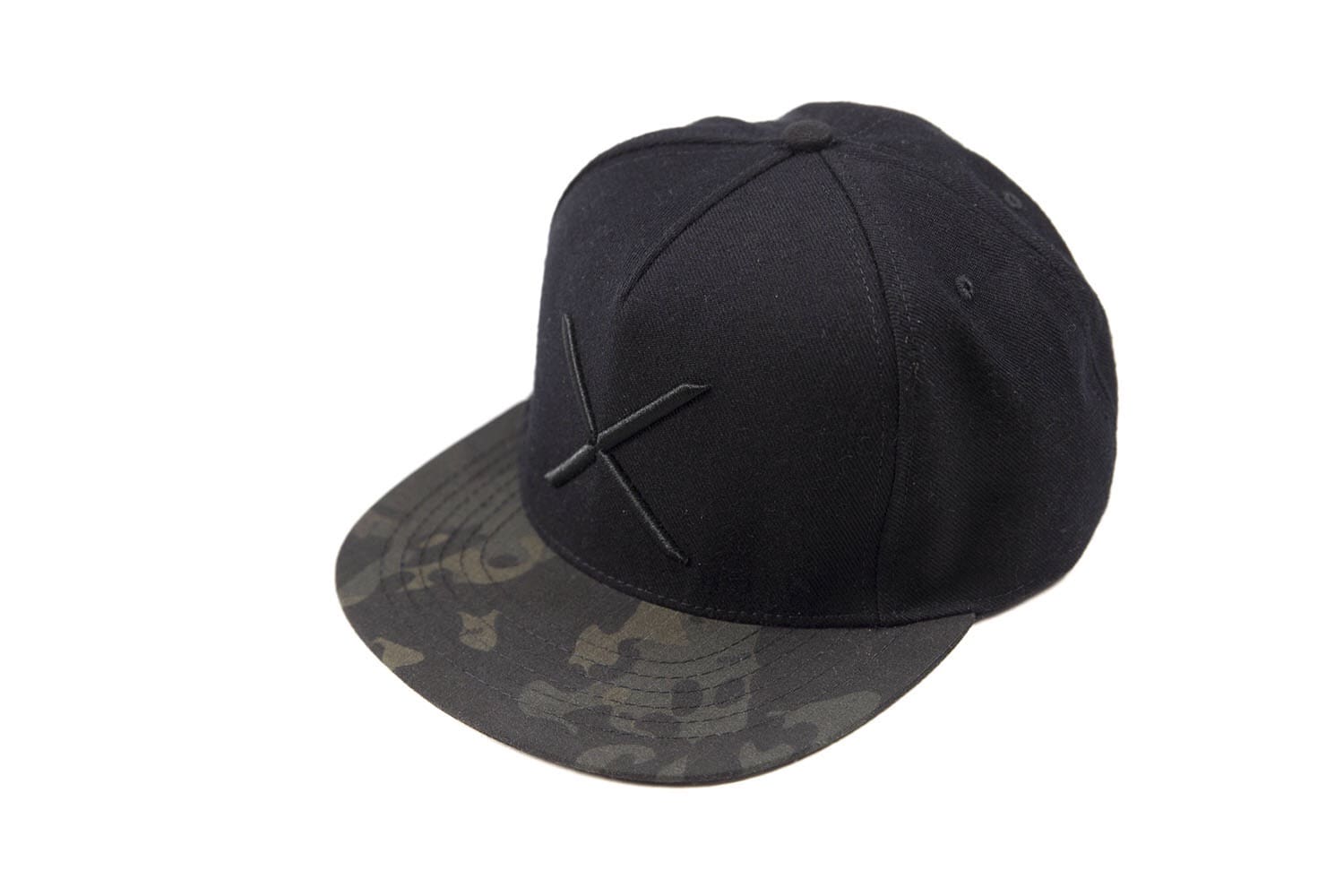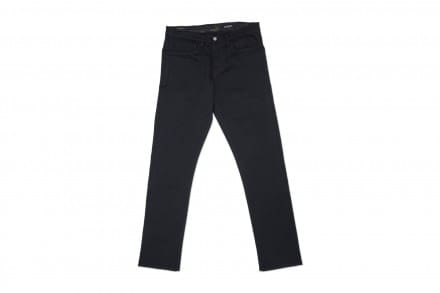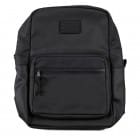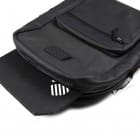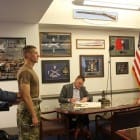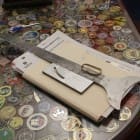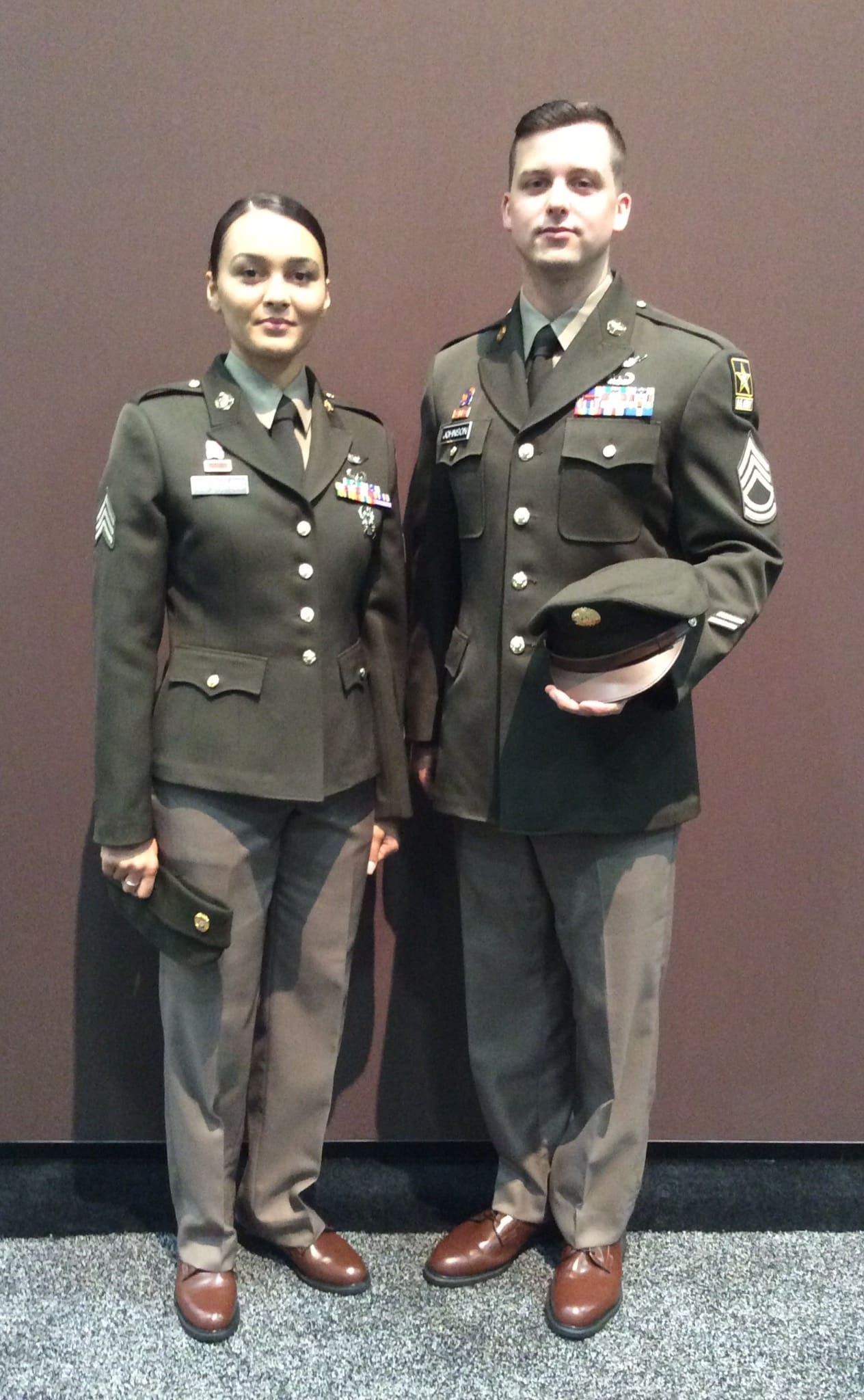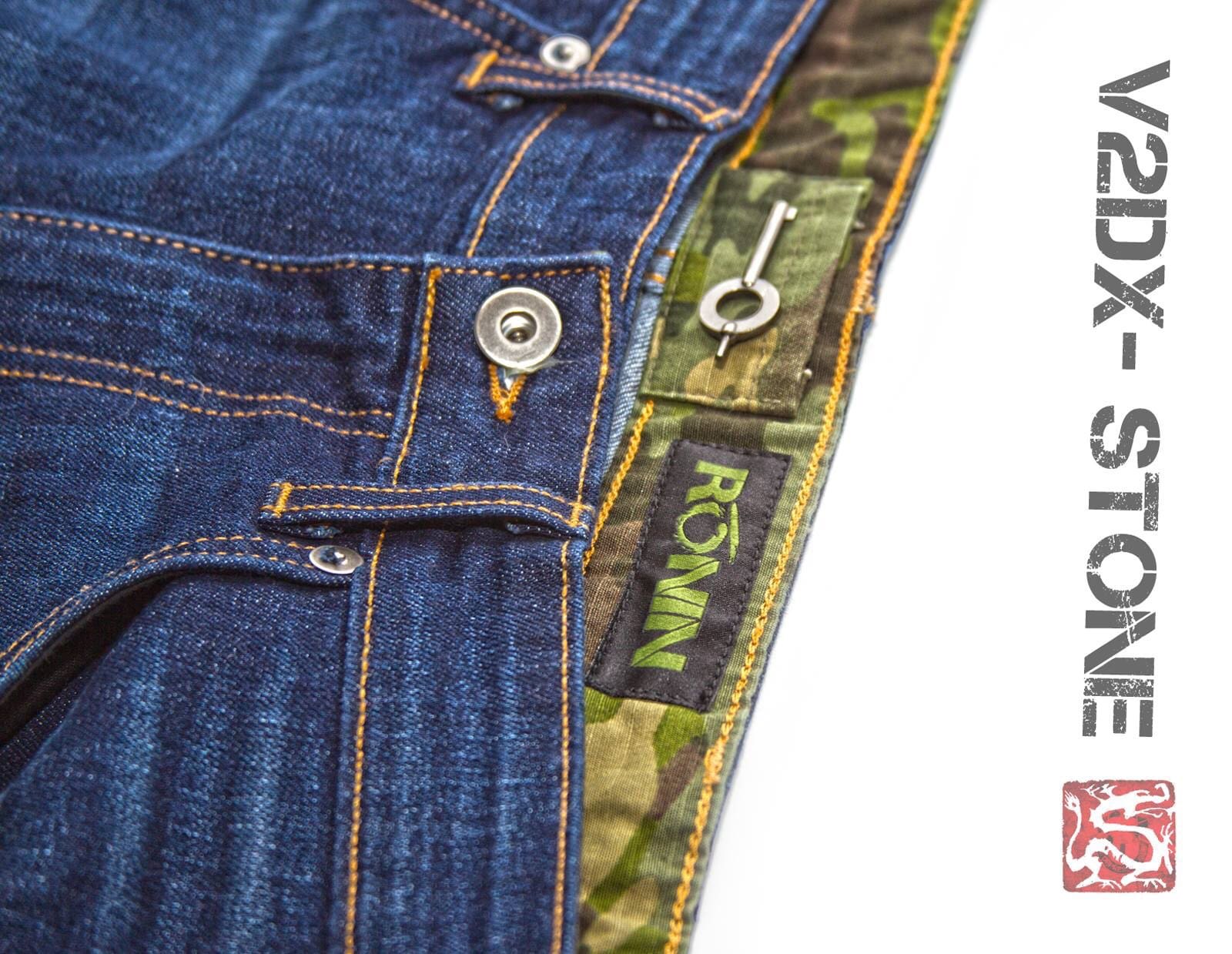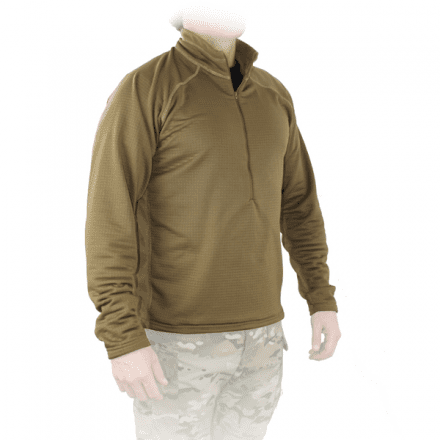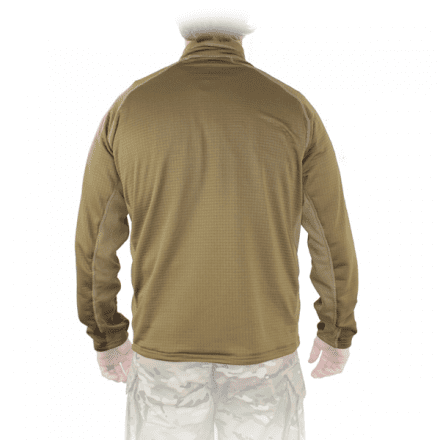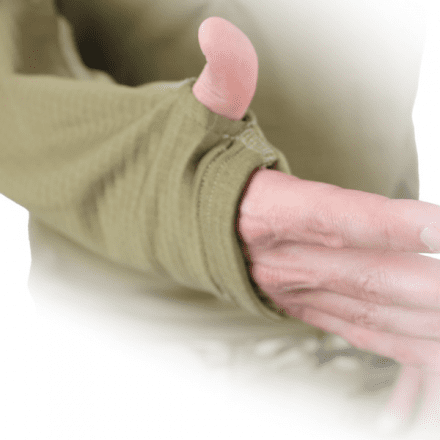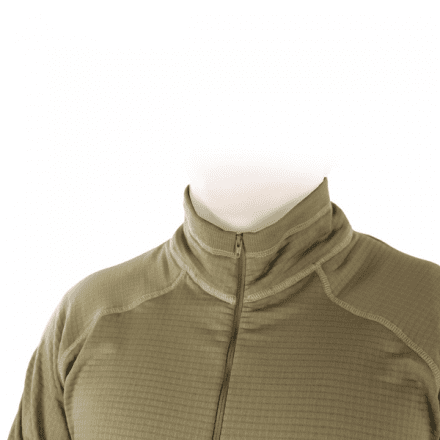In Norse mythology, GARM is the goddess HEL’s hellhound, the trustworthy watchdog of HELHEIM’s gate (Norse Mythology’s name for Hell). GARM has enormous strength and will go to extremes to protect his master’s interests.
Ski, Norway, October 2017 – The next generation of GARM Combat Clothing based on the Scandinavian heritage of craftsmanship, has arrived!
GARM is NFM Group’s combat clothing brand, which incorporates a complete line of combat garments, from underwear to outer wear. It is designed for professional users who need to have complete confidence in the functionality and quality of the equipment they use.

NFM Group announces the launch of the GARM Combat Shirt 2.0.
A lightweight shirt, ergonomically cut, and perfectly suited to preserve mobility and body heat management while wearing load-bearing or body armor carriers during combat missions.
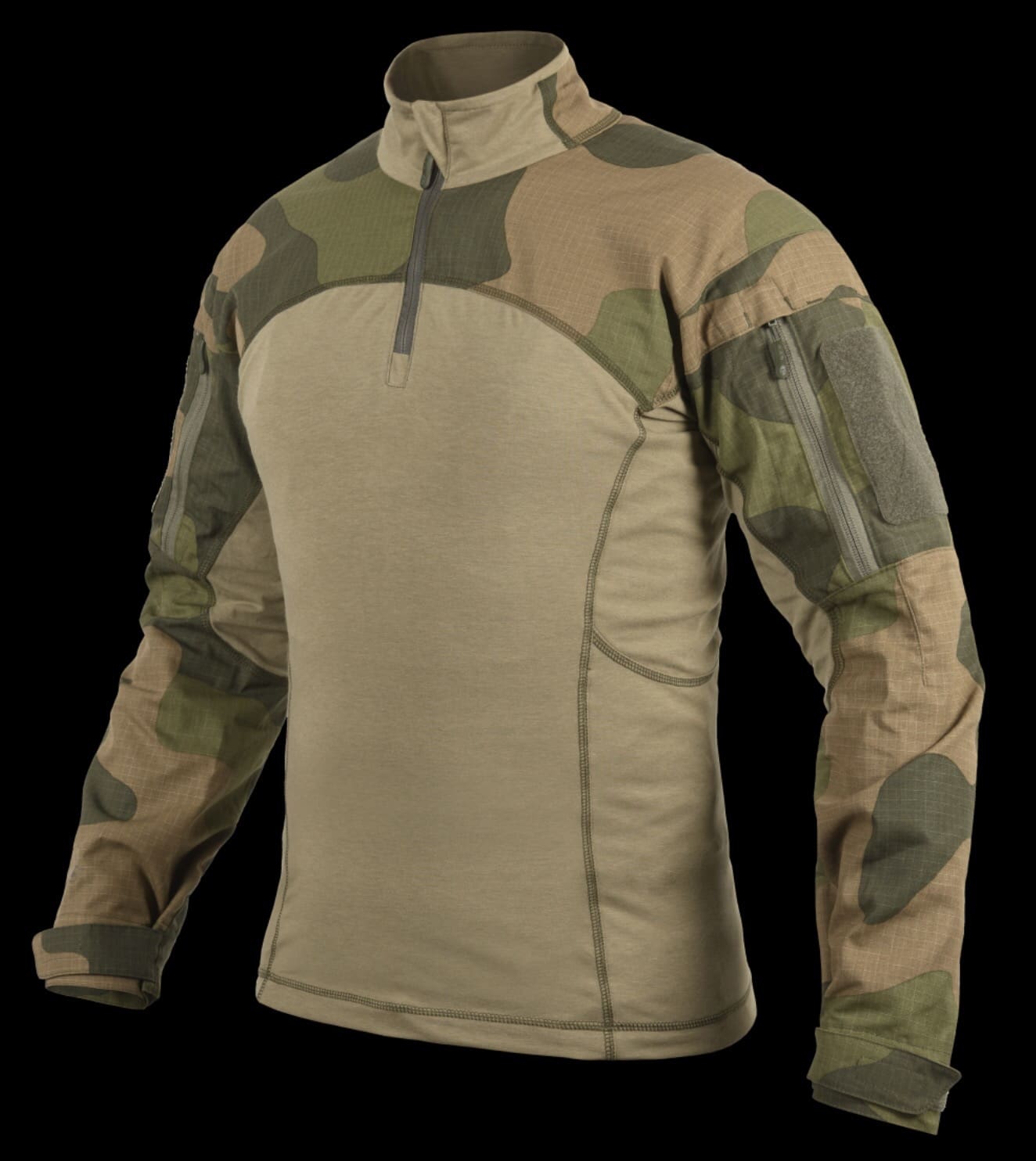
The GARM Combat Shirt 2.0 consists of a no-melt/no-drip fabric, a high knit based collar for better comfort, flat stitches to avoid rubbing and irritation, a resistant and breathable knit fabric and the articulated cut of the sleeves to facilitate free movement. All fabrics meets the specifications for NATO Near Infrared (NIR) values.
The GARM Combat apparel range incorporates a uniform design of features throughout the various garments, maintaining the same features no matter the layer the soldier is wearing.

Lasse Johansen, Norwegian GARM Program Manager, explains: “After the success with the GARM Combat Uniform 2.0, we are excited to release the Combat Shirt 2.0 that will close the gap where mobility and heat management is a key factor for the professional user.”
The GARM Combat Shirt 2.0, has been released first on the NFM Group’s European e-commerce site, NorseGear in Norwegian Woodland pattern.
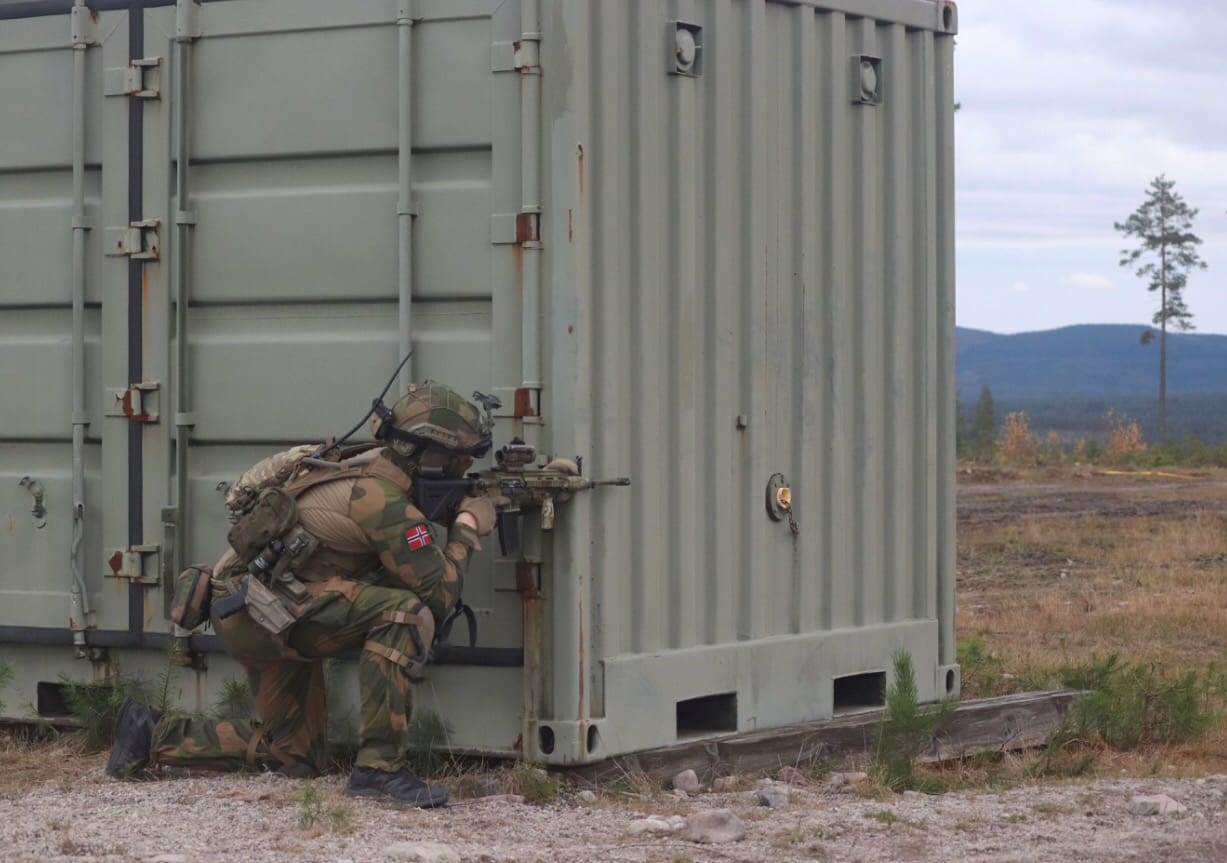
The new combat shirt will be available in several standard colors; raptor green, hellhound grey and raven black. For volume program deliveries, NFM Group can supply in colors and patterns of choice, as well as in a variety of fabrics.
www.nfm.no
www.equipnor.no
www.norsegear.com


